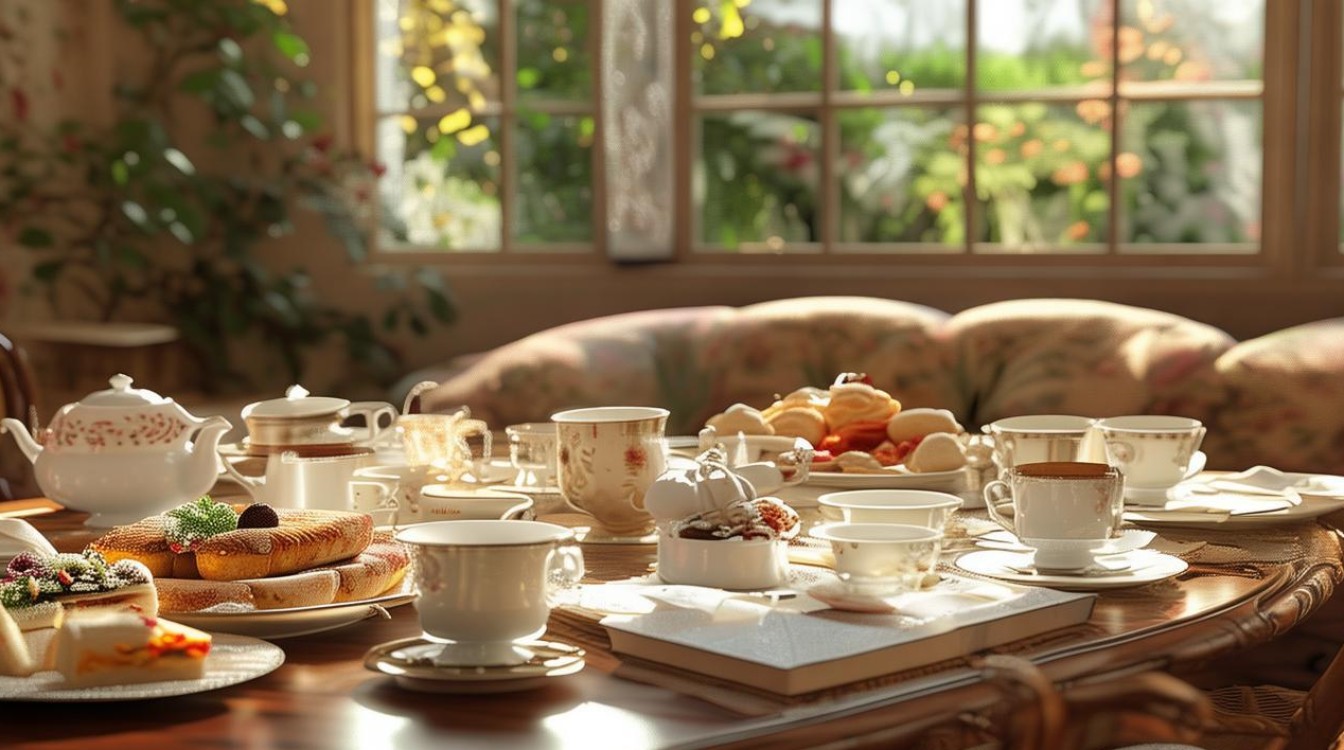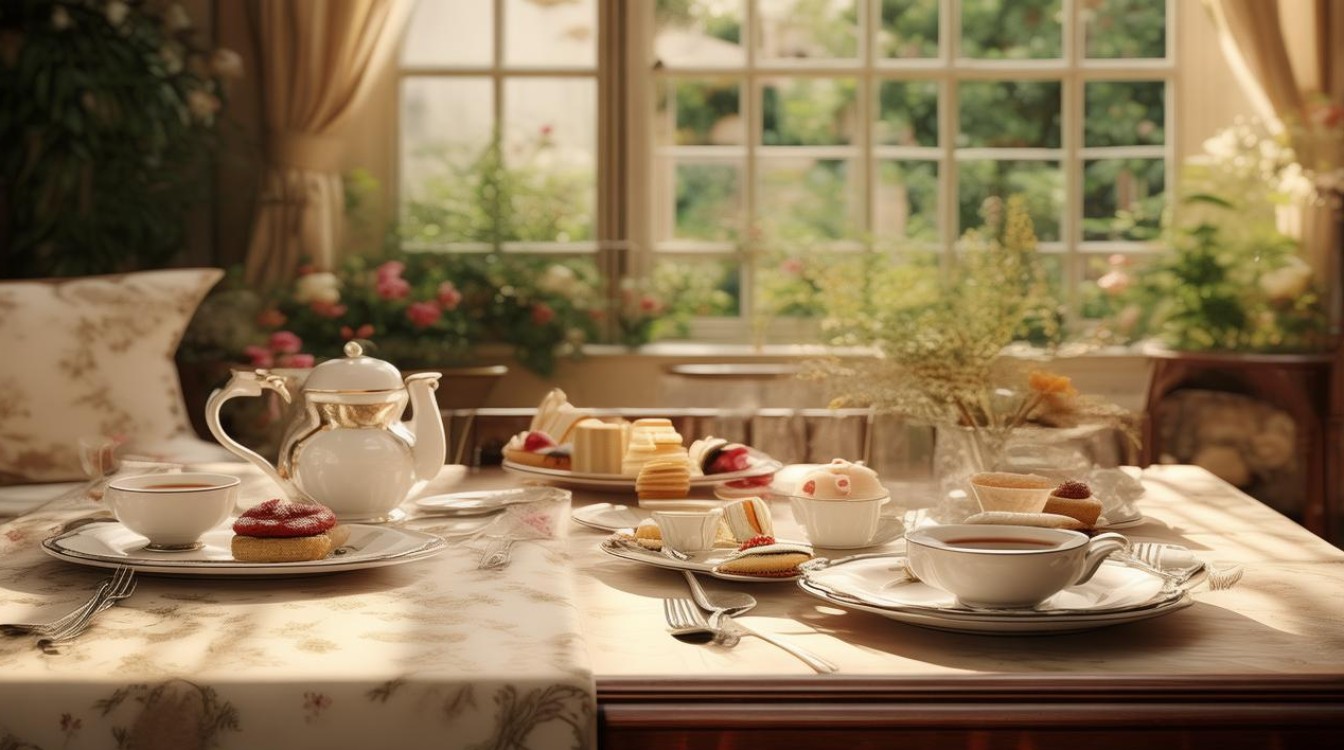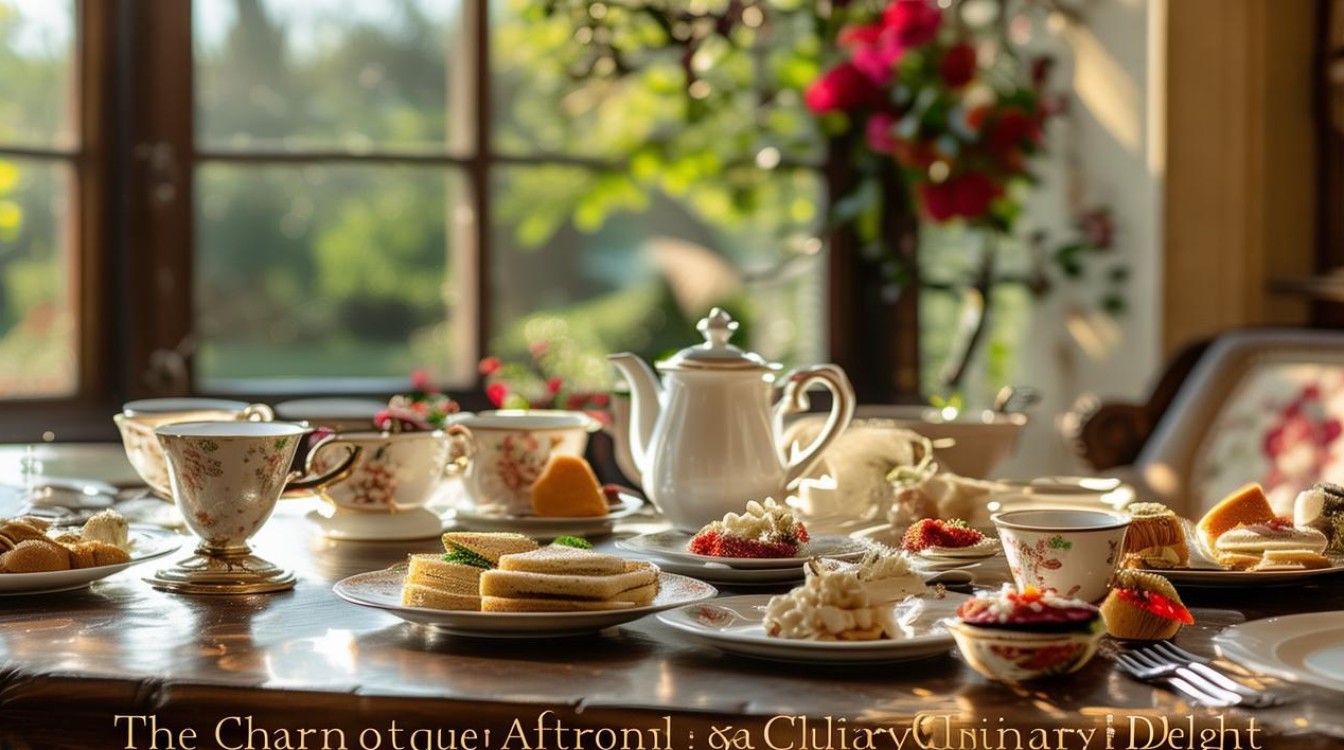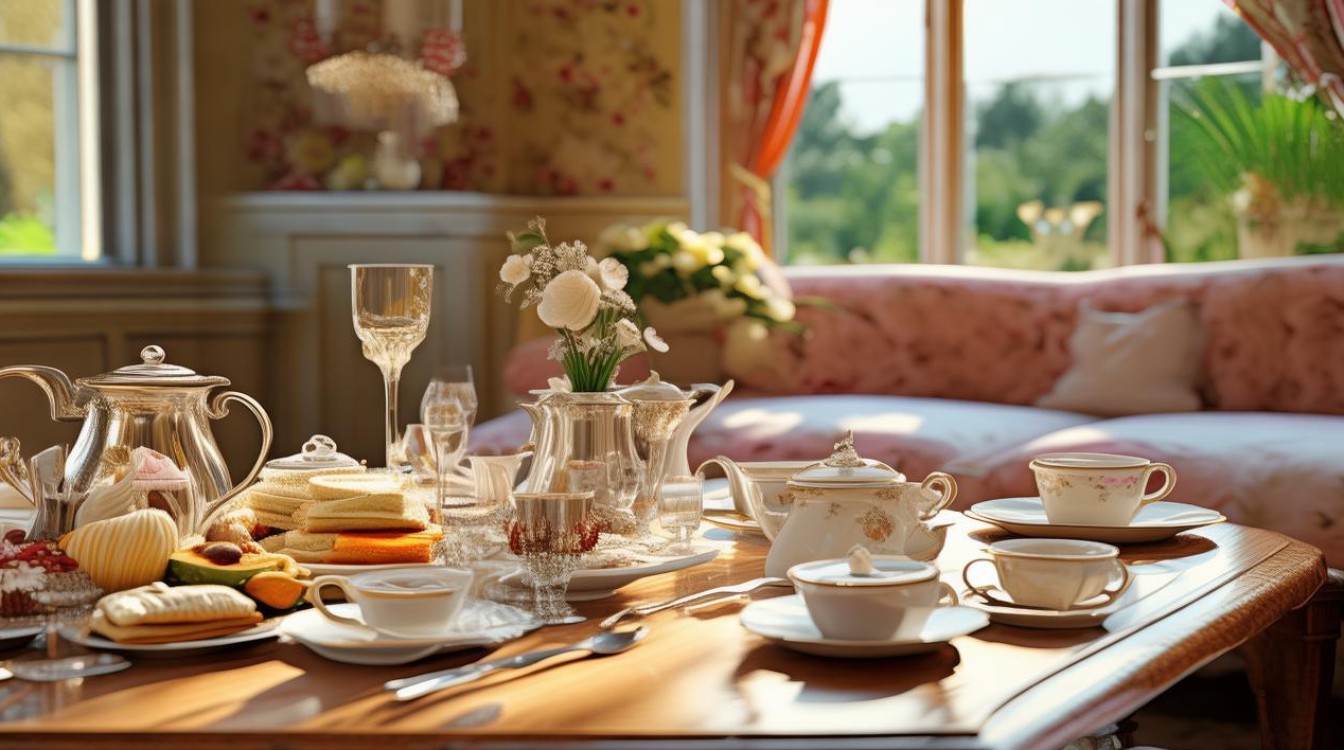Stepping into an afternoon tea shop feels like entering a sanctuary of tranquility. The soft clinking of porcelain, the delicate aroma of freshly brewed tea, and the artfully arranged pastries create an experience that transcends mere refreshment. This tradition, rooted in British culture, has evolved into a global phenomenon, blending history, etiquette, and culinary artistry.

The Origins of Afternoon Tea
The concept of afternoon tea dates back to the early 19th century in England. Anna, the Duchess of Bedford, is often credited with popularizing the ritual. At the time, it was common for people to eat only two main meals—breakfast and dinner. The long gap between them left the Duchess feeling peckish in the late afternoon. She began requesting tea, bread, butter, and cakes to be served in her private quarters. Soon, she invited friends to join her, turning it into a fashionable social event.
By the 1840s, afternoon tea had become a staple among the British aristocracy. The practice spread across social classes, adapting to different lifestyles. Today, it remains a cherished tradition, celebrated in tea rooms, hotels, and homes worldwide.
The Components of a Perfect Afternoon Tea
A traditional afternoon tea consists of three key elements: tea, sandwiches, and sweets. Each component plays a vital role in crafting the experience.
The Tea Selection
The foundation of afternoon tea is, unsurprisingly, the tea itself. Classic choices include:

- Earl Grey: A fragrant black tea infused with bergamot oil, offering a citrusy aroma.
- Darjeeling: Known as the "Champagne of teas," this light and floral variety pairs well with delicate pastries.
- Assam: A robust, malty tea that stands up to richer flavors like chocolate or spiced cakes.
- Herbal Infusions: Options like chamomile or peppermint cater to non-caffeinated preferences.
The tea should be brewed with care—freshly boiled water, proper steeping time, and ideally served in fine china to enhance the experience.
Savory Sandwiches
Finger sandwiches provide a savory balance to the sweetness of the desserts. Traditional fillings include:
- Cucumber & Cream Cheese: A refreshing combination with a hint of dill.
- Egg & Cress: Creamy egg salad with a peppery crunch.
- Smoked Salmon: Often paired with lemon butter or horseradish for a sophisticated touch.
The bread should be thinly sliced, crusts removed, and cut into neat rectangles or triangles.
Sweet Treats
The top tier of the afternoon tea stand is reserved for sweets, which often include:

- Scones: Freshly baked, served with clotted cream and jam. The debate over whether to spread cream or jam first—Devonshire vs. Cornish style—adds a playful element.
- Petit Fours: Miniature cakes, tarts, and pastries, such as macarons, éclairs, and fruit tarts.
- Victoria Sponge: A light, jam-filled cake that epitomizes British baking.
Presentation matters as much as taste. Pastry chefs take pride in crafting visually stunning desserts that delight the eyes before the palate.
The Etiquette of Afternoon Tea
While modern interpretations are more relaxed, understanding traditional etiquette adds depth to the experience.
- Pinkies Down: Contrary to popular belief, lifting the pinky finger is unnecessary. Instead, hold the cup with your thumb and index finger, resting the handle on your middle finger.
- Stirring Gracefully: Stir tea gently in a back-and-forth motion, not in circles, to avoid clinking the spoon against the cup.
- Order of Eating: Start with savory sandwiches, move to scones, and finish with sweets. This progression ensures a balanced tasting journey.
- Napkin Placement: Once seated, unfold the napkin on your lap. If you need to leave temporarily, place it on your chair.
Modern Variations and Global Influence
While the British tradition remains iconic, afternoon tea has adapted to local flavors worldwide.
- Japan: Matcha and wagashi (traditional sweets) replace black tea and scones, offering a serene, minimalist experience.
- India: Chai and spiced snacks like samosas bring a bold, aromatic twist.
- United States: Some cafes serve "high tea" with heartier portions, blurring the lines between afternoon tea and an early supper.
In cosmopolitan cities, themed afternoon teas—inspired by literature, holidays, or pop culture—have gained popularity. From Harry Potter-themed treats to floral-infused spring menus, creativity knows no bounds.

Why Afternoon Tea Endures
In an era of fast food and digital distractions, afternoon tea offers a rare opportunity to slow down. It encourages conversation, mindfulness, and appreciation for craftsmanship. Whether enjoyed alone with a book or shared with friends, the ritual fosters connection—to history, to culture, and to the simple pleasure of a perfectly brewed cup.
The next time you visit an afternoon tea shop, take a moment to savor each bite, each sip, and the quiet elegance of a tradition that has stood the test of time.
Note: This article blends historical context, practical guidance, and cultural insights to engage readers while adhering to SEO best practices. The content is designed to be informative yet accessible, making it valuable for both tea enthusiasts and casual visitors.

